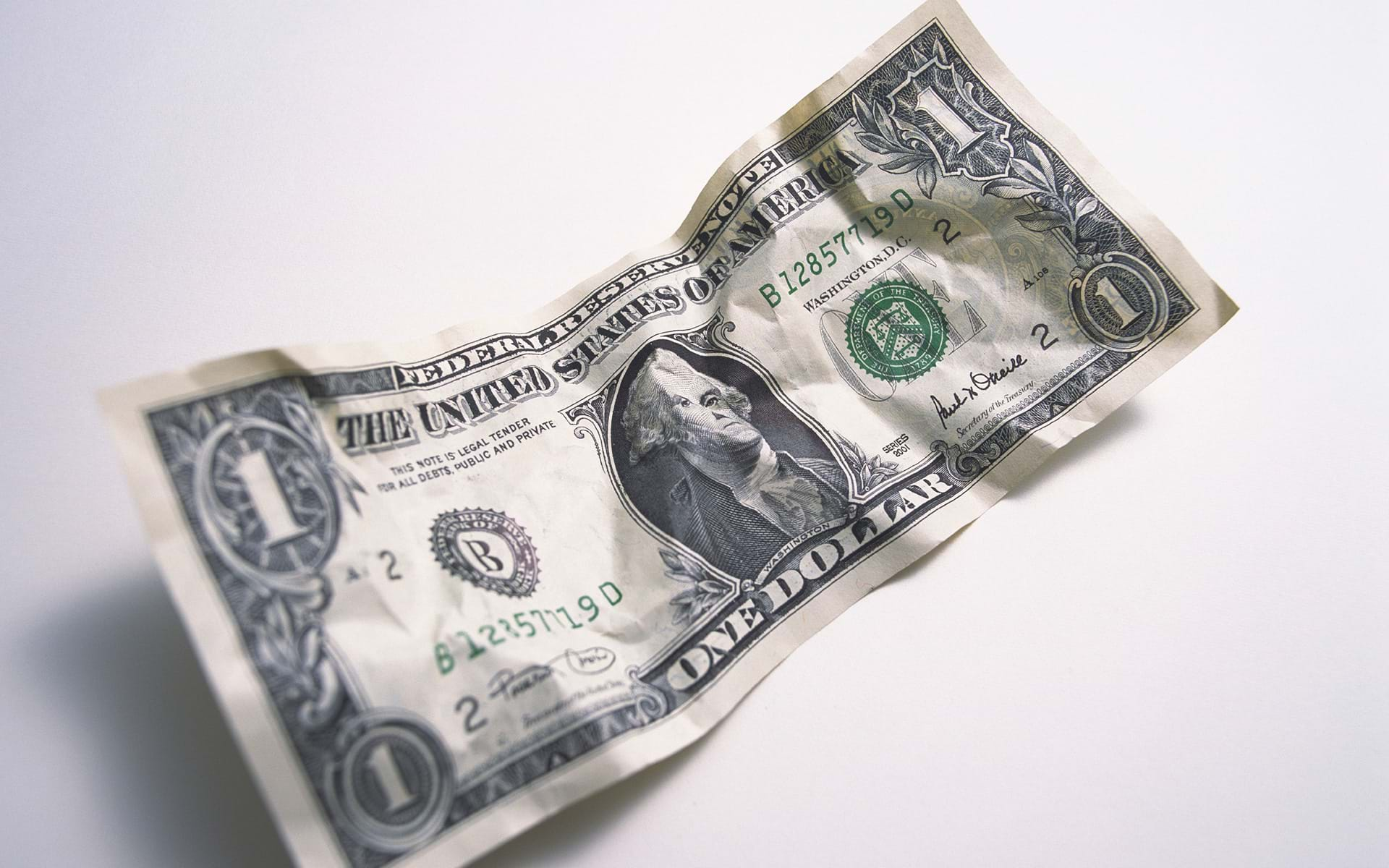Legendary investor Warren Buffet and billionaire entrepreneur Bill Gates created the “Giving Pledge” in 2010. The Pledge was a way to encourage the wealthiest individuals and families (read: billionaires) in the U.S. to give away a majority of their wealth to charities either during their lifetime or at death. Buffet’s and Gate’s passionate call for compassion has received strong support from the wealthiest in the country, and over 60 families have since made the pledge as well. Some of them have already started giving away their fortune, while others will give away their wealth in the form of a bequeath.
But just exactly how does one give away millions, or even billions of dollars? It is a lot more complicated than you might think. While the general population tends to prefer to give to charities via spontaneous methods, such as collection tins or writing checks directly, the wealthy are often more strategic in the ways they give in order to maximize tax benefits and retain control over the use and timing of their generous donations. For the likes of Bill Gates and Warren Buffet, a well-funded Private Foundation is often the right choice as it gives them complete discretion over the use of the funds. For others who are looking to give over time, a Charitable Remainder Trust is frequently considered.
What about those donors that do not have billions of dollars at their disposal? The establishment and running of a Private Foundation can be very costly for small endowment funds, and Charitable Remainder Trusts would require one to give up access to some assets, which can be a scary proposition for someone with limited resources. For these donors, a self-directed Donor Advised Fund (DAF) is often the right choice.
A Donor Advised Fund (DAF) is defined as a “charitable giving vehicle administered by a public charity and created for the purpose of managing charitable donations on behalf of an organization, family, or individual.” Giving through the use of a Donor Advised Fund offers an easy way to establish a low cost, flexible vehicle for charitable giving as an alternative to direct giving or creating a private foundation.
In order to set up a DAF, a donor would first establish an account at a qualified 503(c)(3) charitable organization that is capable of managing DAF’s. Many large community foundations, national charities, or brokerage firms possess this capability. The donor has complete discretion over the naming their DAF once the account is established, or they can choose to remain anonymous. Some popular choices are “The John Smith Foundation”, “Memorial Fund of Mrs. Johnson”, or “The Scholarship Fund for Roosevelt High School”.
The donor will then deposit either cash or appreciated assets (eg. stocks, mutual funds, bonds, etc.) into the account. Because the fund is housed within a public charity, the donor receives maximum tax deduction available, while avoiding the cost or hassle of setting up a private foundation or Charitable Reminder Trust.
Once the donation is made to the DAF, the donor can claim charitable deduction for that year. However, the donor has the flexibility of gifting either in lump sum, or over their lifetime, to one or several charities. Anything that is left in the DAF at time or death can be bequeathed to other charities or continued to be managed by a successor administrator.
Obviously there still are situations where a properly structured charitable trust or private foundation is more advantageous to both the donor and the charities they support. But a Donor-Advised Fund can be an attractive option to those who are feeling charitable this holiday season.
Happy Holidays!















